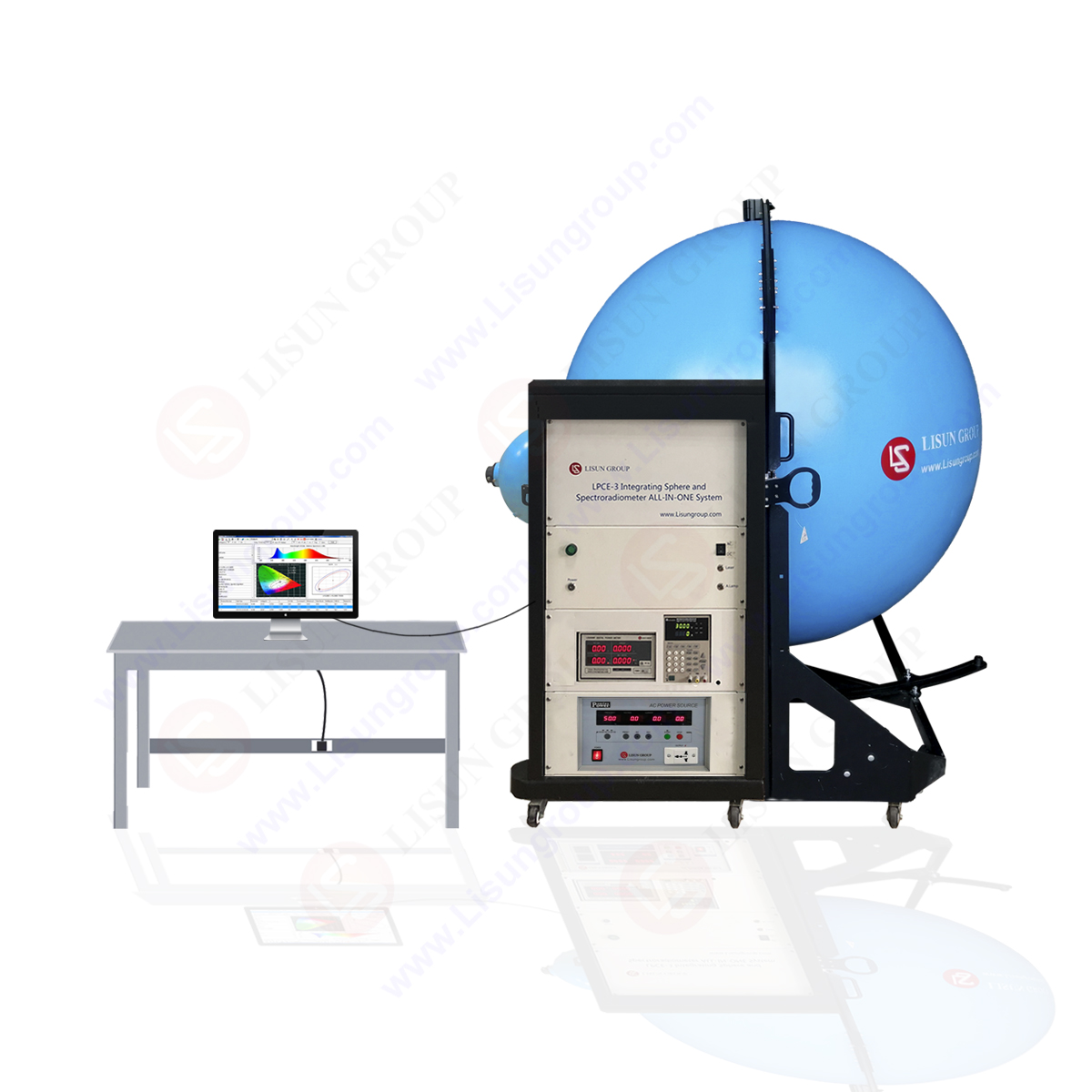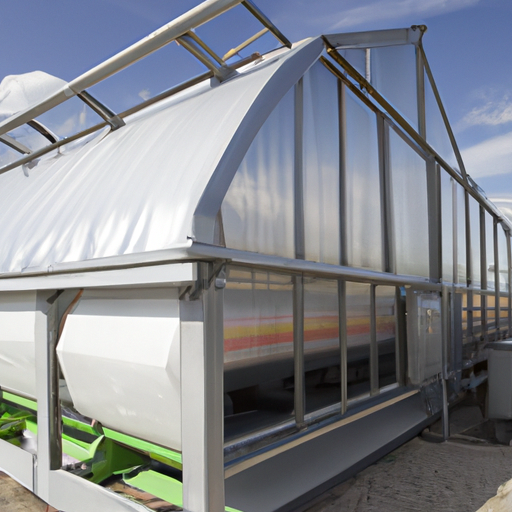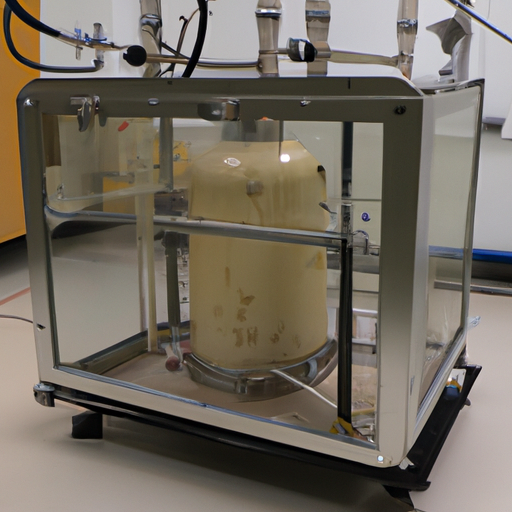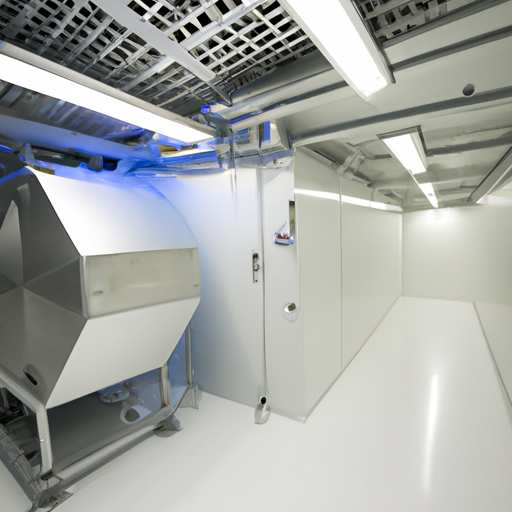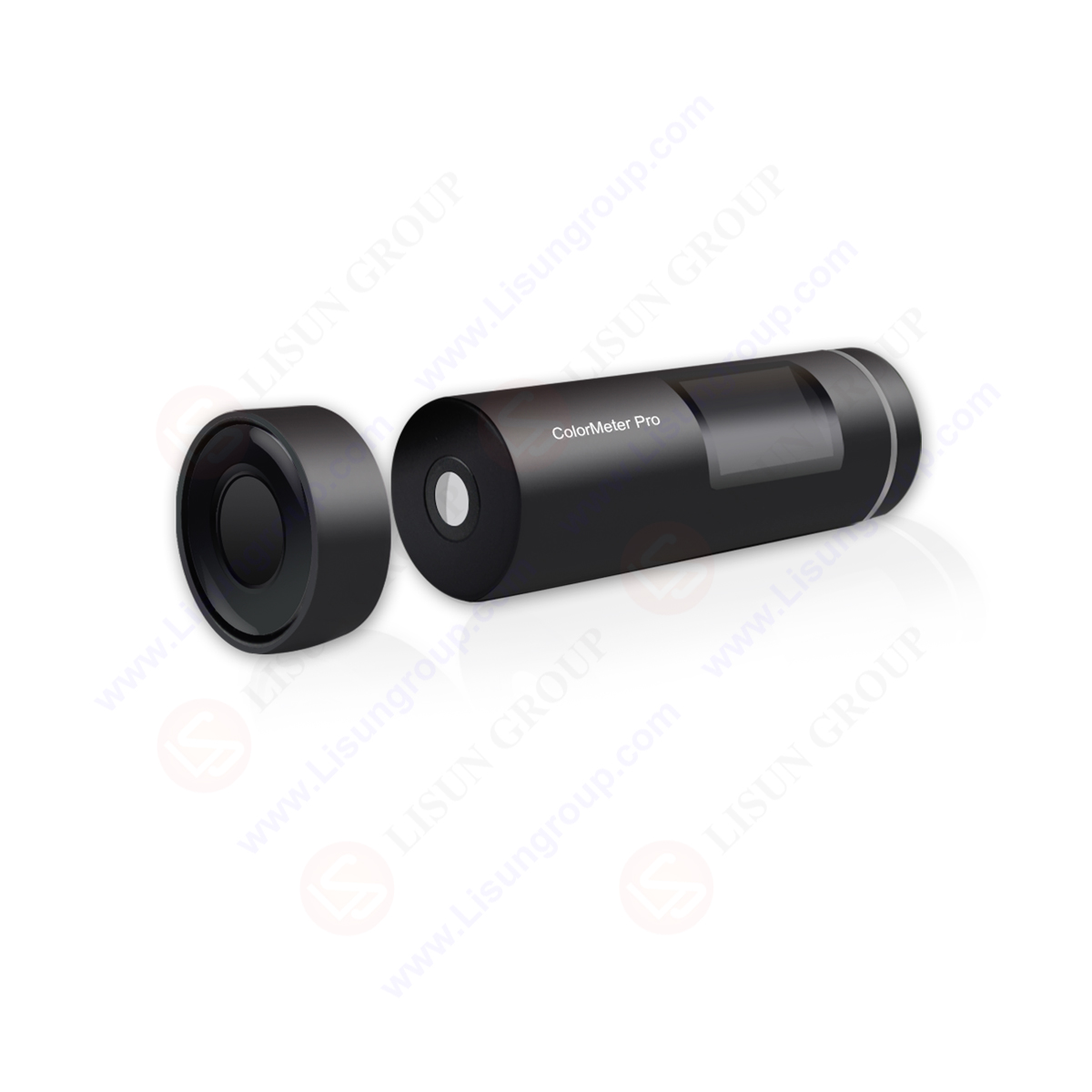There are three special physical quantities used to distinguish different colors: hue, lightness and saturation. Hue, lightness and saturation are called the three properties of object color.
Hue: The name used to distinguish colors. It is represented by the symbol Hue, abbreviated as H.
Lightness: used to represent the lightness and darkness of color. It is represented by the symbol vdue, abbreviated as v.
Saturation: used to represent the purity of color, that is, the saturation state of color. It is represented by the symbol Chroma, abbreviated as C.
1、 Hue
Hue is also called hue, color or color name. It is the main feature of color and the main difference between one color and another. For example, red, green, blue, cyan, magenta, yellow, etc., as long as you know their colors, people’s brains will immediately show different colors. Of course, these are not the only colors. The mutual mixing of these colors can also produce a series of other colors, such as orange yellow, blue-green, yellow green, cyan, red purple, etc. The ability to recognize colors is the key to accurately identify and express colors. The difference of hue is mainly the difference of wavelength of reflection spectrum.
2、 Lightness
In nature, there are many colors with the same hue. If their reflectivity and transmissivity (radiant light energy for light source) to the incident light wave are not equal, then their color perception in the human eye is also different. The physical quantity used to quantitatively describe this difference is the lightness of color. The lightness represents the lightness and darkness of the color perceived by the human eye. The brightness of color light is determined by the radiant light energy of the light source. The brightness of the object surface color depends on the reflectivity and transmissivity of the surface to the incident light. The brightness of the color of colored light is usually expressed by the brightness, which is often aimed at the surface color of non luminous objects.
The lightness refers to the lightness and darkness of the surface color of the non luminous object. Any color has its own lightness and darkness characteristics. When the incident light energy is constant, the greater the reflection string of the object surface to the incident light, the greater the degree of the reflected light to the visual stimulus, the brighter the appearance, and the higher the brightness of this color. Brightness can be said to be the skeleton of color, which plays a key role in the structure of color.
3、 Saturation
Color saturation, also known as color purity, chroma or brilliance, refers to the degree to which the color of the light reflected or transmitted by the color rendering surface of an object is close to the spectral color. If the reflected light (or transmitted light) of a colored surface is closer to the spectral color, its saturation will be higher. If the light of a certain wavelength (with the highest saturation) is mixed with other colored light, the saturation of the mixed light must be lower than that of the primary colored light; Similarly, when mixing colors, if you add pigments of other colors to a solid color pigment, its saturation will be reduced, and the more types of pigments are mixed, the lower the saturation of the mixed color.
The higher the saturation of the color, the more gorgeous the color appears, and the more it can play its inherent characteristics. When the saturation of color decreases, its inherent color characteristics are also weakened and changed.
The saturation of the color displayed on the surface of a pigment or dye colored object is determined by the radiation of the reflection spectrum after the selective absorption of the incident spectrum by the surface. If a colored object has a high reflectivity to light in a narrow band of the incident spectrum, but has a low or no reflectivity to other wavelengths, it means that the object surface has a high spectral selectivity, and the saturation of the color displayed by this pigment or dye is high; If the colored surface can reflect not only a certain color light, but also some other color light, then the saturation of the color displayed by this pigment or dye is low. In fact, the light reflected from the surface of objects colored with pigments or dyes can be regarded as white light and colored light. If the proportion of colored light is more, the white light is less, and the saturation of this color is higher. On the contrary, the larger the proportion of white light, the lower the saturation of the color.
There are color and achromatic components in the reflection spectrum, and the ratio of these two components directly affects the saturation of object surface color. The larger the proportion of color components and the smaller the proportion of achromatic components, the higher the saturation of the color; Conversely, the lower the saturation of the color. The spectrophotometer curves of two colors are analyzed, and a straight line parallel to the abscissa uranium is made at the lowest part of the curve. The ordinate value of the straight line is the proportion of white light reflected from the object surface. Obviously, the proportion of white light in color a is smaller than that in color b, so it can be judged that the saturation of color a is higher than that of color b.
Therefore LISUN lauched Portable Colorimeter/Chroma Meter is an innovation color measuring tool with powerful configuration to make color measurement easier and more professional; It support Bluetooth to connect with Android and ISO devices, Portable Colorimeter/Chroma Meter will take you into a new world of color management; It can be widely used to measure color value, color difference value and find similar color from color cards for printing industry, paint industry, textile industry, etc.
Lisun Instruments Limited was found by LISUN GROUP in 2003. LISUN quality system has been strictly certified by ISO9001:2015. As a CIE Membership, LISUN products are designed based on CIE, IEC and other international or national standards. All products passed CE certificate and authenticated by the third party lab.
Our main products are Goniophotometer, Integrating Sphere, Spectroradiometer, Surge Generator, ESD Simulator Guns, EMI Receiver, EMC Test Equipment, Electrical Safety Tester, Environmental Chamber, Temperature Chamber, Climate Chamber, Thermal Chamber, Salt Spray Test, Dust Test Chamber, Waterproof Test, RoHS Test (EDXRF), Glow Wire Test and Needle Flame Test.
Please feel free to contact us if you need any support.
Tech Dep: Service@Lisungroup.com, Cell/WhatsApp:+8615317907381
Sales Dep: Sales@Lisungroup.com, Cell/WhatsApp:+8618117273997
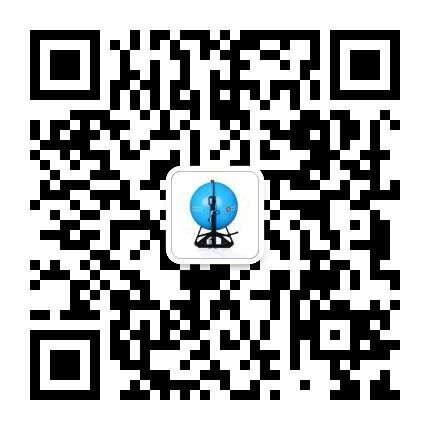
 中文简体
中文简体
